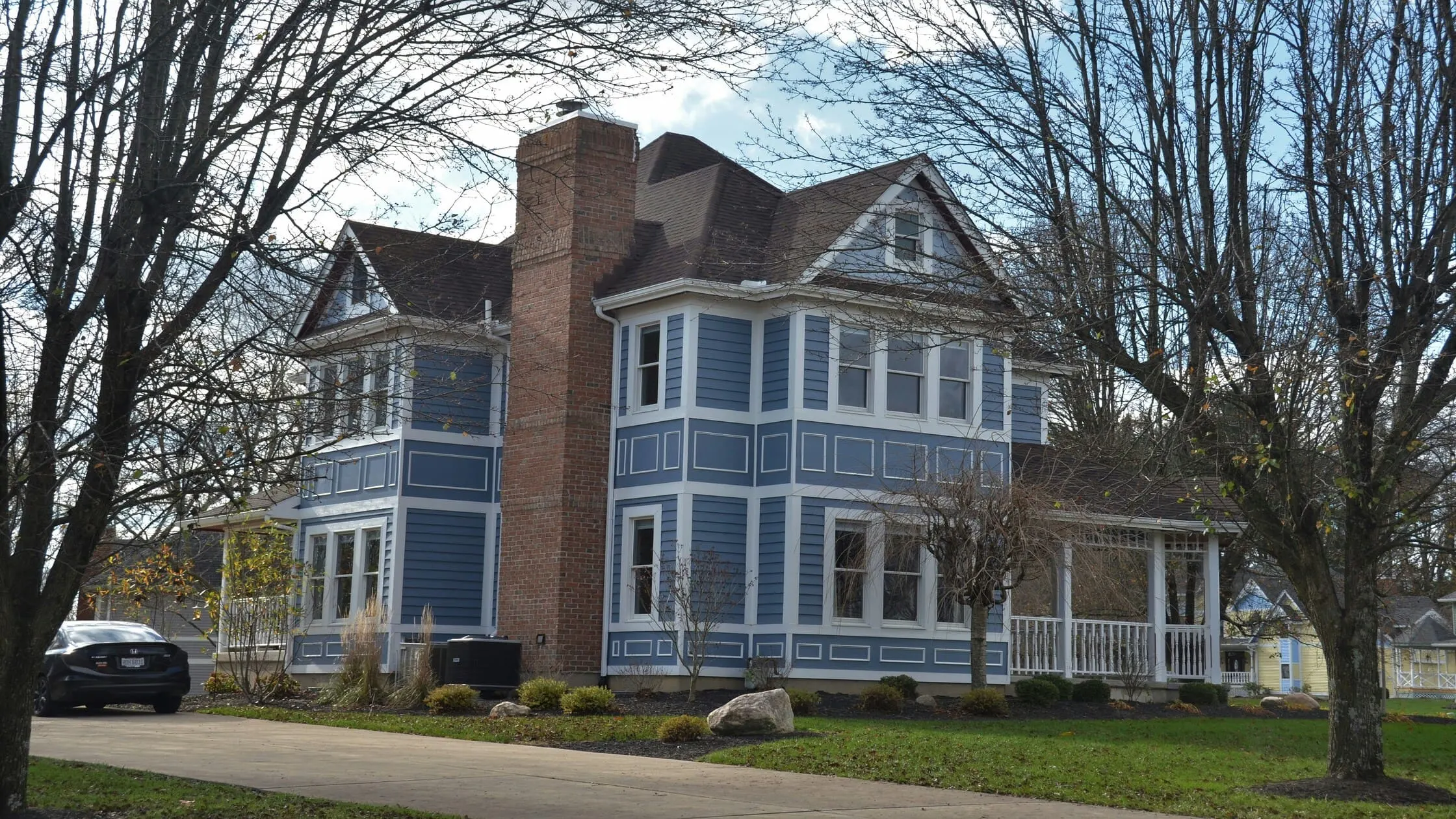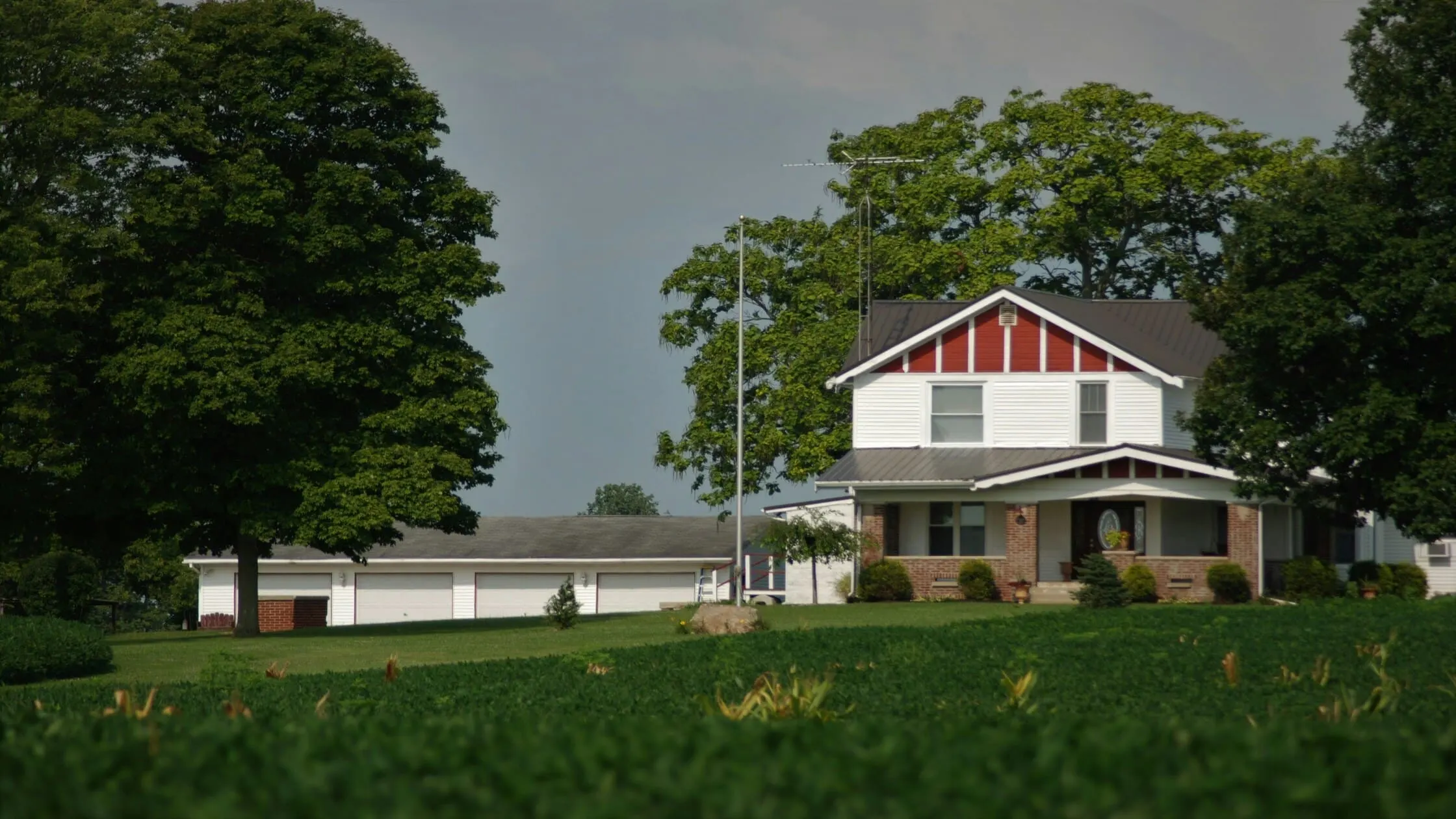Imagine waking up one morning to discover an unauthorized occupant in your property—a scenario that tests every landlord’s resolve. In today’s competitive real estate market, understanding Vermont squatter rights is not just important — it’s essential.
Since the overall information is quite complicated, this guide is here to break down complex legal concepts into digestible, actionable insights so that property owners, landlords, and managers can protect their investments effectively in 2025 and beyond. Let’s scroll down now!

Quick Facts Table About Vermont Squatter Rights and Renting
Who Qualifies as a Squatter?
Vermont squatter rights apply to those who occupy a property without formal permission or a signed lease. While it may seem that any unauthorized occupant is automatically a squatter, Vermont law makes several important distinctions:
Unauthorized Entry vs. Squatting:
- An individual who enters a property without permission starts as a trespasser.
- Continuous, open, and notorious occupation over time may evolve into what is recognized as Vermont squatter rights.
Indicators of Squatter Status:
- Regular maintenance of the property
- Payment of utility bills
- Absence of a formal lease agreement
These factors can blur the line between a mere trespasser and someone who might eventually claim rights under Vermont squatter rights law.
Do Squatters Have Any Legal Protections?
While the idea of someone living on your property without consent might feel alarming, the legal system in Vermont provides certain protections for squatters under specific circumstances. This balance is designed to promote stability and encourage the productive use of abandoned properties.
When Squatters Gain Tenant Rights
In this state, prolonged unauthorized occupancy—evidenced by paying bills or maintaining the property—can eventually grant Vermont squatters rights similar to those of tenants, complicating eviction.
When property owners accept payments or provide amenities, it may signal tacit consent, potentially transforming a squatter into a de facto tenant with additional legal protections.

How Squatters Use Lease Agreements or Utility Bills as Proof of Residency
One common method by which squatters attempt to solidify their claim is by presenting documents that mimic the appearance of a lease agreement or by maintaining a continuous record of utility bills. Such documentation may be used as evidence in court to support claims under Vermont squatter rights.
In disputes over occupancy, these proofs can become pivotal in establishing that the squatter has, in effect, assumed the role of a tenant—even in the absence of a formal lease.
The practice of using utility bills, in particular, has garnered attention. When a squatter is able to demonstrate that they have been responsibly paying for water, electricity, or other utilities, they may argue that their occupation of the property is both open and public.
This evidence can serve as a foundation for asserting Vermont squatter rights and complicate the eviction process.
Can Landlords Remove Squatters Without Legal Action?
Property owners often wonder if squatters can be removed without lengthy legal proceedings. While early removal may be possible if no tenant-like rights are established, caution is key. Once a squatter’s behavior triggers Vermont squatter rights, improper removal could lead to unlawful eviction claims.
Always follow due process—beginning with a formal notice or a “no trespass order VT”—to avoid complications.
Adverse Possession: When Squatters Can Claim Ownership
Adverse possession is a legal doctrine in Vermont that allows squatters to claim ownership if certain conditions are met. It is a key element of Vermont squatter rights and often plays a central role in property disputes.
What Is Adverse Possession? How Vermont’s 15-Year Rule Works
Under Vermont’s 15‑year rule, a squatter must occupy a property openly and continuously for 15 years before claiming ownership. This rule is based on the idea that a property owner’s inaction over a long period can make a squatter’s occupation legally significant.
Persistent occupation—especially when accompanied by actions like paying property taxes or making repairs—can eventually validate a claim of adverse possession.
This concept relates directly to keywords such as adverse possession in Vermont and what is adverse possession of the property, emphasizing how long-term unauthorized occupancy may lead to legal ownership rights.
Legal Requirements for Adverse Possession In Vermont
For a squatter to successfully claim the local adverse possession in Vermont, they must satisfy several legal requirements:
- Continuous and Uninterrupted Possession: The squatter must occupy the property for a full 15 years without significant interruption.
- Open and Notorious Possession: Their occupation must be visible to the public and the rightful owner.
- Exclusive Possession: The squatter must maintain exclusive control over the property without sharing occupancy with others.
- Hostile Claim: The possession must occur without the explicit consent of the property owner.
Meeting these criteria is not easy, which is why many property disputes involving Vermont squatter rights end up in court. Understanding these requirements is vital for both squatters and property owners, as it informs the strategic approaches used during disputes.
How Property Owners Can Prevent Adverse Possession Claims
To protect their property from squatters' adverse possession claims, owners should:
- Stay Vigilant: Conduct regular property inspections and respond quickly to any unauthorized entries.
- Clear Communication: Keep open lines of communication with any occupants and issue formal warnings when necessary.
- Deterrence Measures: Post a “no trespass order VT” to discourage squatters.
- Maintain Records: Document all correspondence and legal notices sent to unauthorized occupants.
By proactively following these steps, property owners can significantly reduce the risk of squatters meeting the criteria for adverse possession.
How to Legally Remove a Squatter in Vermont?
When it comes to handling squatters, understanding the eviction process is paramount. In Vermont, the removal of an unauthorized occupant is governed by strict legal protocols designed to balance the rights of property owners with the potential tenant protections afforded under Vermont squatter rights.
When Can a Landlord Evict a Squatter Without Court Involvement?
Under certain conditions, a landlord can remove a squatter without a full court proceeding. For example, if the squatter hasn’t established tenant or adverse possession rights, owners should try informal negotiations or issue a formal “no trespass order VT.”
However, caution is advised because premature removal without proper documentation can backfire and inadvertently strengthen the squatter’s claim to Vermont squatter rights.
Legal experts generally advise following a standardized procedure—even if the situation seems straightforward. In Vermont, the eviction process typically requires proper notice and, sometimes, a court order to ensure that the removal is both lawful and final.
Step-by-Step Eviction Process for Squatters
For cases where legal action is unavoidable, the following is a typical step-by-step guide to evicting a squatter in Vermont:
- Step 1 - Documentation: Begin by thoroughly documenting the squatter’s occupancy. Record dates, take photographs, and collect any evidence that indicates their possession of the property.
- Step 2 - Formal Notice: Serve the squatter with a formal eviction notice, clearly stating that their unauthorized occupancy violates property law and that Vermont squatter rights do not grant them legal tenancy.
- Step 3 - Filing in Court: If the squatter fails to vacate, the next step is to file an eviction lawsuit. This legal action will allow the court to evaluate the evidence and issue an order for removal.
- Step 4 - Court Hearing: Attend the court hearing with all documented evidence, including any records of utility payments or correspondence. This evidence can help demonstrate that the squatter’s claim under Vermont squatter rights is unsubstantiated.
- Step 5 - Enforcement: Once the court grants an eviction order, local law enforcement may assist in physically removing the squatter if necessary.
Throughout this process, it is crucial for landlords to work closely with legal professionals to ensure compliance with the eviction process in Vermont and to avoid inadvertently granting additional protections under Vermont squatter rights.
How Quit Claim Deeds Can Complicate Property Disputes
Quit claim deeds can further complicate property disputes, especially in situations involving squatters. These legal instruments, while often used for transferring property interests, sometimes become tools for squatters attempting to legitimize their occupation.

What a Quit Claim Deed Is and How It Works
A quit claim deed in Vermont is a legal document used to transfer any interest the grantor may have in a property without providing any warranties about the title.
In Vermont, the use of a quit claim deed is common in family transfers or informal arrangements. However, when a squatter obtains or uses a Vermont quit claim deed, the situation becomes muddled.
Squatters may attempt to secure a quit claim deed as a way of bolstering their claim under Vermont squatter rights. Although a quit claim deed does not automatically confer ownership, it can muddy the waters in a legal dispute, especially if the property owner’s title is not clearly documented.
Can a Squatter Use a Quit Claim Deed to Claim Ownership?
The answer is not straightforward. While a squatter might attempt to use a Vermont quit claim deed as part of their argument for adverse possession in Vermont, the deed alone does not provide sufficient legal basis to claim ownership.
Courts will scrutinize whether the squatter’s possession meets all the statutory requirements for adverse possession. In other words, the deed might support their claim, but it does not override the need to establish continuous, open, and hostile possession as dictated by Vermont squatter rights.
Recent Changes in Vermont Squatter and Property Laws
The legal environment in Vermont is ever-evolving. Recent legislative updates have aimed to clarify and tighten the rules surrounding Vermont squatter rights. Key changes include:
- Stricter Guidelines for Adverse Possession: Emphasis on the 15-year continuous possession rule.
- Enhanced Notice Requirements: Clearer standards for eviction notices and “no trespass order VT” procedures.
- Impact on Quit Claim Deeds: Revisions that make it more challenging for squatters to use a Vermont quit claim deed as evidence of ownership.
- Additional Clarifications on Property Disputes: Addressing questions such as “Can you claim land if you maintain it?” while also considering some of the strange Vermont laws that influence property rights.
These updates are designed to protect property owners while ensuring that any claims based on Vermont squatter rights are thoroughly scrutinized.
Summary
To sum up, this guide has armed you with critical insights into Vermont squatter rights. Follow our suggested strategies to handle squatters, avoid adverse possession pitfalls, and safeguard your property.
Furthermore, we also provide useful information regarding rent laws and processes in Vermont. Therefore, if you still have any other concerns, visit our LeaseRunner blog for more information.
FAQs
Q1. Can you claim land if you maintain it in Vermont?
Yes, under Vermont law, you can potentially claim land if you maintain it, based on the basic requirements for adverse possession claim in the state.
However, mere maintenance isn't enough on its own; you must also demonstrate that your possession was exclusive, notorious, and hostile (without permission) throughout that period.
Q2. What is adverse possession of property in Vermont?
In Vermont, adverse possession means that if you occupy and maintain a property openly, continuously, and without the owner’s permission for 15 years, you might be able to claim legal ownership.
Q3. What is the eviction process in Vermont?
The eviction process in Vermont requires proper documentation, notice to vacate, and, if necessary, a court order. This legal process helps ensure that property owners can lawfully remove squatters who have not acquired full rights under Vermont squatter rights.


